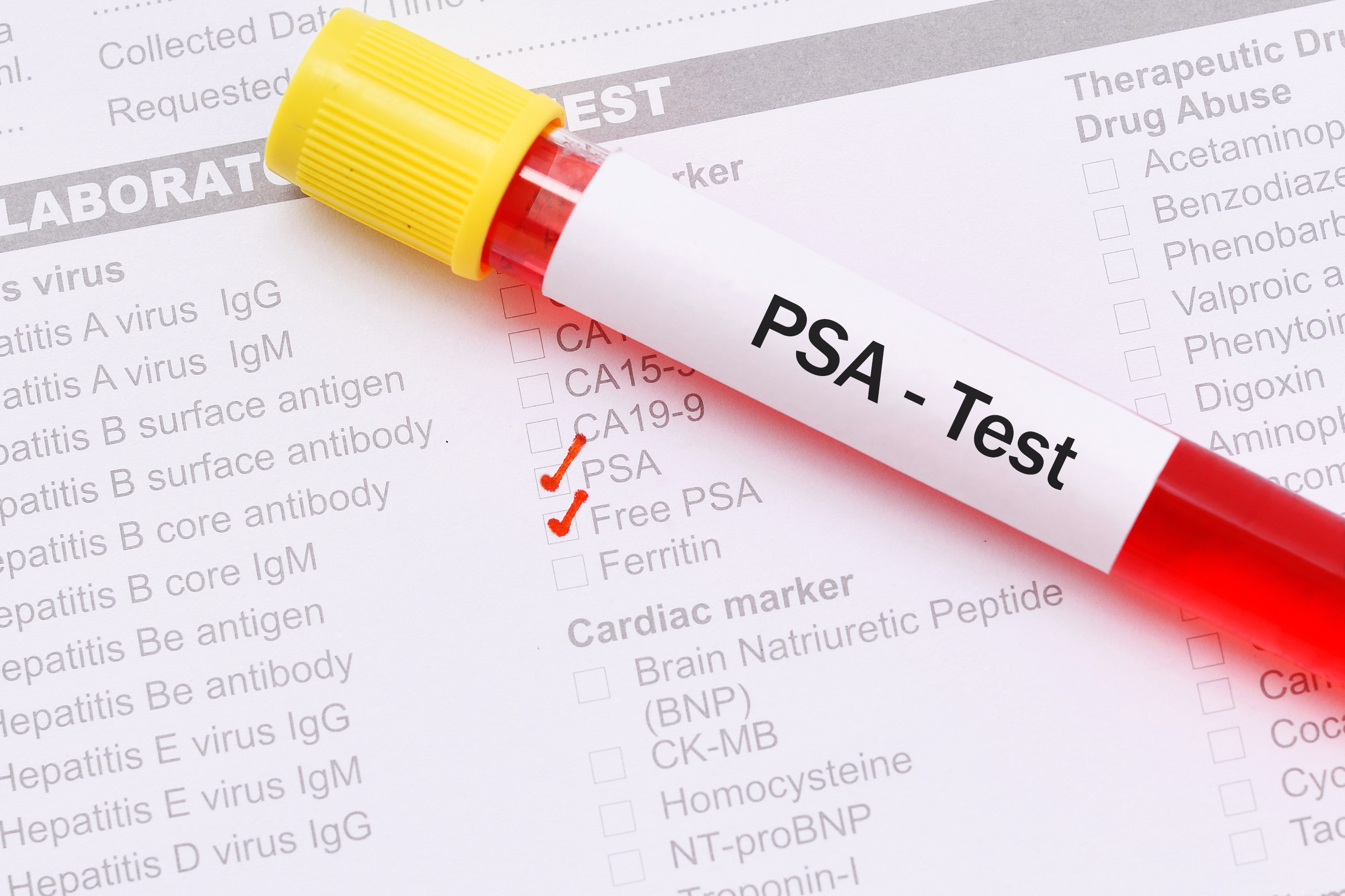Harvard Health Blog
What is the difference between PSA and free PSA?

What is the difference between PSA and free PSA? Do I need to have both tests?
Whether you need both tests really depends on your individual situation. That’s why this question generates so much debate and confusion.
PSA, a protein produced by prostate gland cells, circulates through the body in two ways: either bound to other proteins or on its own. PSA traveling alone is called free PSA. The free-PSA test measures the percentage of unbound PSA; the PSA test measures the total of both free and bound PSA.
Prostate cancer can raise PSA levels, but so can other conditions. These include an enlarged prostate, prostatitis, and advancing age. In fact, studies have shown that about 75% of men with an elevated PSA do not have prostate cancer. To determine which men actually have cancer and which don’t, physicians traditionally perform a biopsy. Undergoing a biopsy isn’t as traumatic as surgery, but it does cause discomfort and can provoke anxiety.
Rather than subject everyone with an elevated PSA to a biopsy, some urologists measure free PSA in patients with a total PSA level between 4 ng/ml and 10 ng/ml. Studies have shown that men with a total PSA in this “gray area” and a free PSA greater than 25% are more likely to have a benign condition than to have cancer, making a biopsy unnecessary. Men with a total PSA in the same range and a free PSA below 10% need to have a biopsy. More likely than not, they have prostate cancer.
In some cases, men with a “normal” PSA actually have cancer, but that low PSA doesn’t prompt a biopsy. A low PSA and a low percentage of free PSA, however, probably would. That’s why some doctors automatically order both tests at the same time. I tend to order a free-PSA test when a total PSA yields borderline results and when the PSA seems to be rising quickly, even if the actual number is relatively low. So, while the free-PSA test isn’t essential, the results may sway your decision on whether to have a biopsy when combined with other tests. In the future, other tests may help determine whether changes in PSA are driven by cancerous tissue or benign causes.
About the Author
Disclaimer:
As a service to our readers, Harvard Health Publishing provides access to our library of archived content. Please note the date of last review or update on all articles.
No content on this site, regardless of date, should ever be used as a substitute for direct medical advice from your doctor or other qualified clinician.















